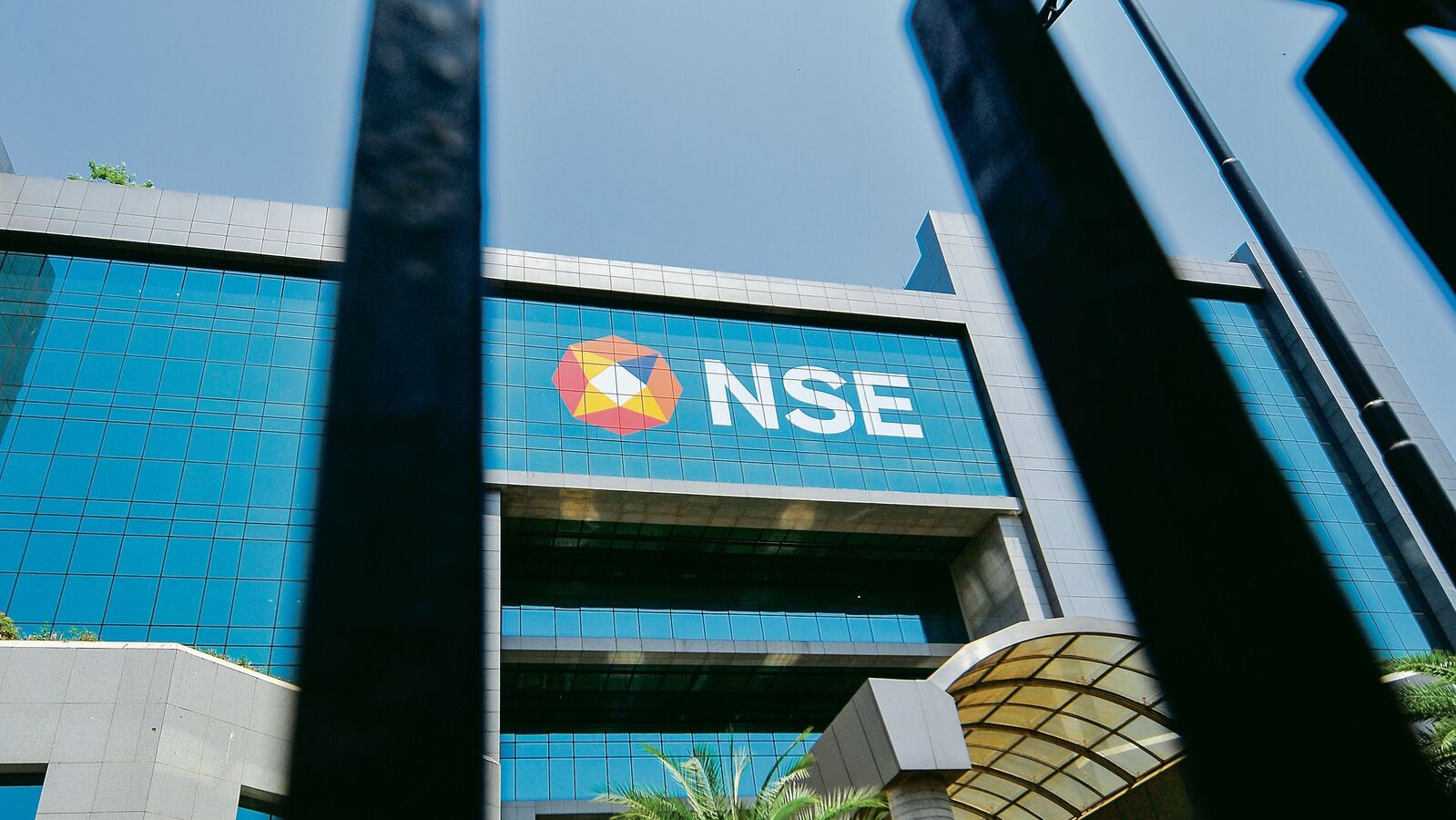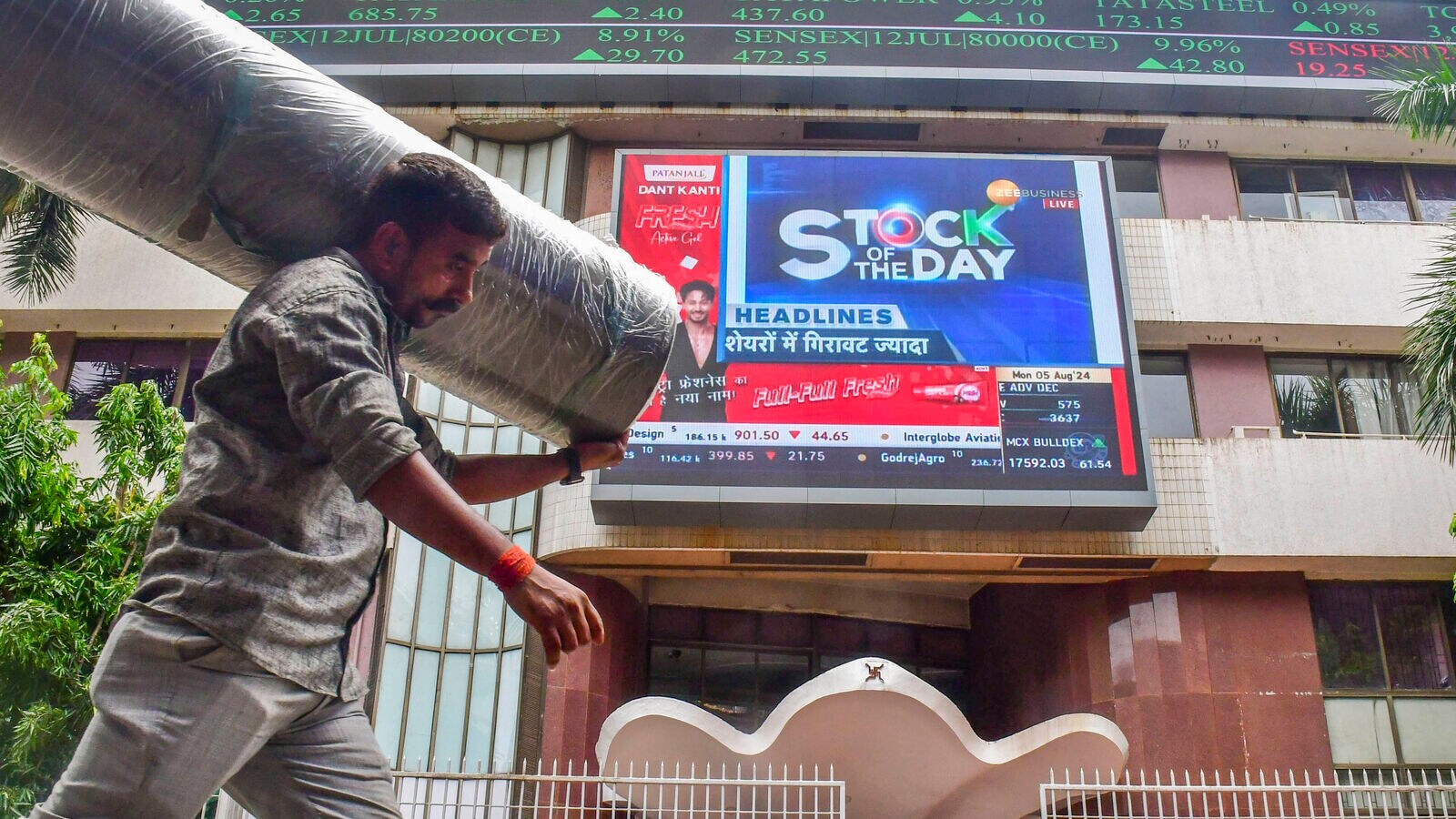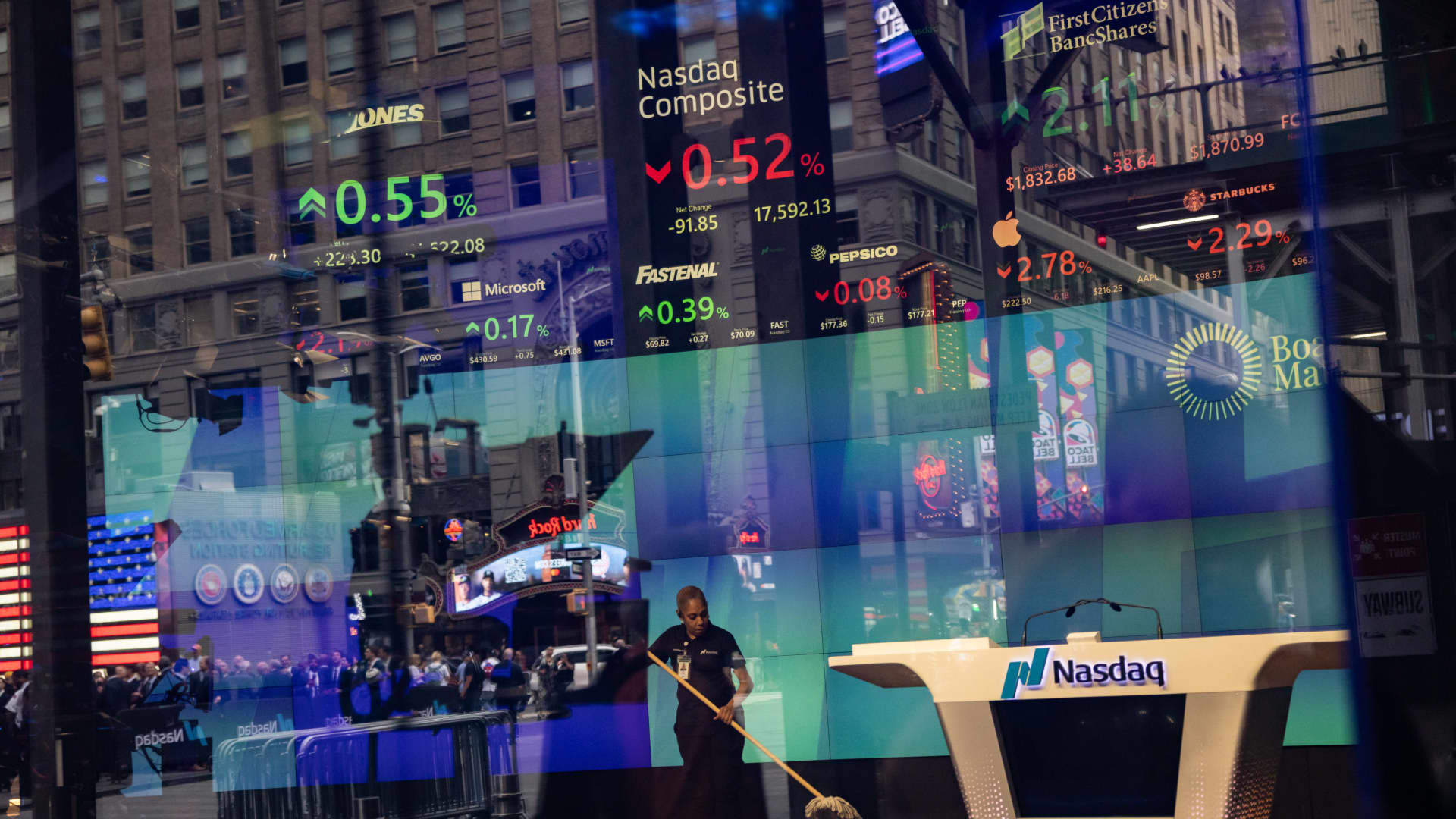
Maharatna companies include government-owned businesses, like public sector banks, central public sector enterprises, and state-level public enterprises. These are the elite government-owned entities, often referred to as public sector undertakings (PSUs), and are awarded this special status due to their significant financial and operational importance.
The term “Maharatna,” meaning “big gem” in Hindi, aptly describes their significance. They are the most powerful and prestigious PSUs, enjoying more autonomy and financial flexibility than their counterparts.
Oil India was the last company that was awarded the Maharatna status in August 2023.
According to reports, the next big company set to be promoted from Navratna to Maharatna could be multi-bagger defence PSU Hindustan Aeronautics Ltd.
About HAL
Hindustan Aeronautics (HAL), the premier aircraft manufacturer in the country, is the undisputedking of Indian defence aviation. This PSUs market position is so dominant that its competitors are either non-existent or far behind.
It’s the only company in India that can build fighter jets and helicopters for the Indian armed forces.
Established on 23 December 1940, HAL is one of the oldest and largest aerospace and defence manufacturers in the world.
The company develops, designs, manufactures, and supplies aircraft, helicopters, drones, avionics, and communications equipment for military and civil markets. It also builds certain components of the PSLV rocket for ISRO.
Its aircraft product line includes the Tejas light combat aircraft, Hawk advanced jet trainer, Su-30 MKI, HJT-36 intermediate jet trainer, Dornier DO-228 multi-purpose light transport aircraft, and the HTT-40 basic flight trainer.
It has also produced helicopters, including the Chetak, Cheetah, the indigenous advanced light helicopter, and Dhruv, along with many variants for the army, navy, air force, and coast guard.
Apart from this, one of the company’s main lines of business is the maintenance, upgrade and overhaul of various aircraft. This includes changes like avionics upgrades integrating new weapon systems, software upgrades, etc.
HAL shares have surged 123% in the past one year, delivering multibagger returns to shareholders.
What does Maharatna status mean for HAL?
The Maharatna brings with it enhanced financial autonomy and operational freedom, allowing companies to make strategic decisions independently.
Currently, India boasts 13 Maharatna PSUs, including major names like Bharat Heavy Electricals Ltd, Bharat Petroleum Corp. Ltd, Coal India, GAIL, Hindustan Petroleum, Indian Oil, NTPC, ONGC, Power Grid, Steel Authority of India, Oil India, REC, and PFC.
The elevation to Maharatna status would unlock several opportunities for HAL.
Increased Investment Capabilities: HAL will be able to invest up to 15% of its net worth in new projects without needing prior government approval, unlocking major growth opportunities.
Global Expansion: The company will be able to independently make foreign investments of up to ₹5,000 crore, enabling it to pursue international partnerships and expand its global footprint.
Mergers & Acquisitions: With greater financial flexibility, HAL can engage in mergers and acquisitions, both domestically and internationally, strengthening its market position.
Access to Competitive Financing: The Maharatna tag will allow HAL access to better financing options, fuelling its efforts to innovate and enhance its production capabilities in the high-tech aerospace sector.
As India prioritises defence modernisation and pushes for self-reliance in defence manufacturing, HAL’s Maharatna status will further empower the company to drive technological advancements and scale production.
This elevation marks a crucial step in HAL’s journey as it continues to be a cornerstone of India’s aerospace and defence sector.
HAL’s defence breakthroughs
Recently, the ministry of defence (MoD) has awarded a major contract to HAL to manufacture 240 AL-31FP Aero Engines for Su-30MKI aircraft, valued at over ₹26,000 crore.
This contract is a key step towards achieving self-reliance in the defence sector.
The engines will be produced at HAL’s Koraput Division, aiming to support the Indian Air Force’s operational needs for its Su-30 fleet.
HAL intends to increase the indigenisation content of these aeroengines to up to 63%, enhancing the local content of their repair and overhaul processes.
Additionally, the Defence Acquisition Council (DAC) has approved 10 capital acquisition proposals totalling ₹1.5 trillion.
These include the procurement of future ready combat vehicles, air defence fire control radars, Dornier 228 aircraft, and next generation fast patrol and offshore patrol vessels.
Most of the funding for these projects will be sourced domestically, underscoring India’s commitment to self-reliance in defence manufacturing.
HAL has also partnered with SAFHAL Helicopter Engines Pvt Ltd to jointly design, develop, manufacture, and support a new-generation high-power engine named ‘Aravalli’.
This engine will power the 13-ton Medium Lift class Indian Multi-Role Helicopter (IMRH) and the Deck-Based Multi-Role Helicopter (DBMRH).
The company’s order book as of 31 March 2024, was ₹94,000 crore. With the addition of a new order worth ₹260 bn, the total order book now stands at ₹1.2 trillion.
A close look at financials
For the June 2024 quarter, HAL reported an 11% (YoY) increase in revenue, reaching ₹4,350 crore compared to ₹3,920 crore in the same period last year.
During this quarter, net profit surged by 77%, rising to ₹1,440 crore from ₹810 crore a year earlier.
HAL has demonstrated a robust growth trajectory over the three years from FY22 to FY24.
The company’s net sales increased from ₹24,620 crore in FY22 to ₹30,380 crore in FY24, a compound annual growth rate (CAGR) of 15.2%.
This growth was driven by higher demand for HAL’s aerospace and defence products, which includes significant contracts, and projects.
HAL’s operating profit has shown substantial improvement, rising from ₹6,400 crore in FY22 to ₹11,640 crore in FY24.
This represents a CAGR of around 31.9%, indicating efficient cost management and operational improvements.
The net profit of HAL has also seen a strong upward trend, growing from ₹5,080 crore in FY22 to ₹7,620 crore in FY24, a CAGR of approximately 27.4%.

View Full Image
Road ahead
HAL is strategically pivoting towards the development of its own products, including advanced fighter aircraft and helicopters.
In February 2021, the Indian Air Force (IAF) placed an order for 83 Mk-1A fighters valued at ₹48,000 crore.
Additionally, in April, the Defence Ministry issued a tender to HAL for the acquisition of 97 LCA Mk-1As, aimed at enhancing the IAF’s capabilities amid a shortage of fighter squadrons. The new fighters are anticipated to cost around ₹67,000 crore.
The first Mk-1A aircraft, part of the 2021 order, was initially scheduled for delivery by 31 March 2024. However, delays due to pending certifications have affected this timeline. HAL plans to deliver 16 Mk-1A fighters to the IAF in the financial year 2024-25.
To meet the growing demand, HAL has established a new production line in Nashik for the LCA Mk-1A, complementing the existing line in Bengaluru.
This expansion will enable HAL to increase its production capacity from 16 to 24 LCA Mk-1A jets annually, with the delivery of the 87 jets expected to be completed by 2028.
To support this ramp-up, HAL is also expanding its manufacturing facilities. A new helicopter manufacturing facility is being set up in Tumkur.
Conclusion
In September 2024, the Defence Acquisition Council (DAC) approved a substantial ₹1.4 trillion in proposals aimed at enhancing the operational capabilities of the Indian Armed Forces.
With 99% of these acquisitions to be sourced from domestic companies, HAL is well-positioned to benefit from this significant government investment.
HAL is expected to see gains from the government’s procurement of Dornier-228 aircraft and other domestic contracts. The ongoing global emphasis on defence spending ensures a steady revenue stream for defence firms like HAL.
India’s ambition to achieve a defence export target of ₹35,000 crore by 2024-25 highlights its commitment to increasing indigenisation.
This drive includes phased import bans on weapons, a dedicated budget for locally manufactured military hardware, raising foreign direct investment limits from 49% to 74%, and streamlining business processes.
With a projected turnover of ₹1.8 trillion in defence manufacturing by 2024-25, HAL is poised to strengthen its position and capitalise on these transformative developments in the defence sector.
Disclaimer: This article is for information purposes only. It is not a stock recommendation and should not be treated as such.
This article is syndicated from Equitymaster.com






